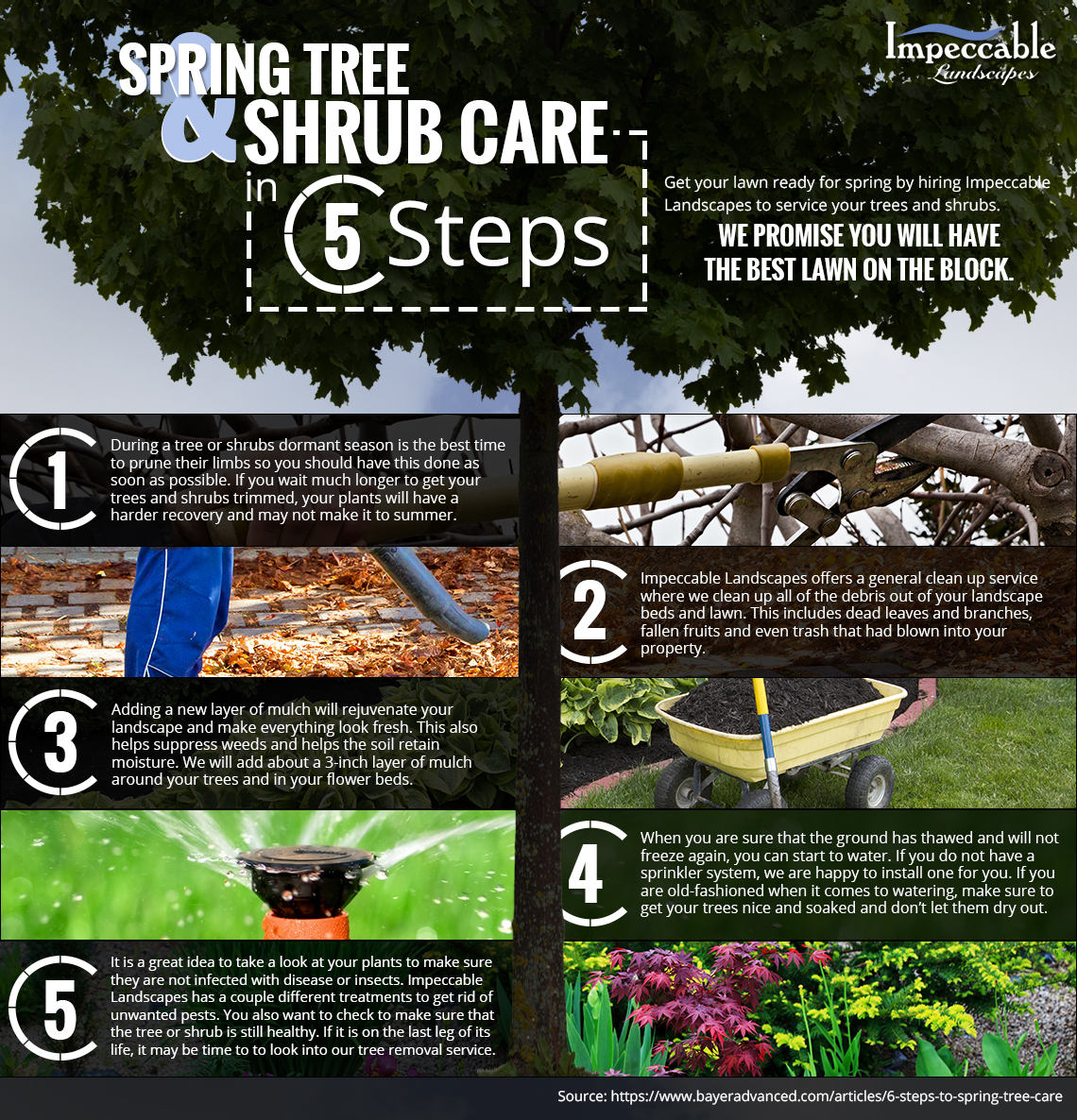Post-Tree Removal Care Plays A Considerable Function In Landscape Repair; Check Out Essential Steps To Improve Your Surroundings And Minimize Future Worries
Post-Tree Removal Care Plays A Considerable Function In Landscape Repair; Check Out Essential Steps To Improve Your Surroundings And Minimize Future Worries
Blog Article
Author-Wilcox Deal
After a tree's elimination, your landscape may look quite different, and it's vital to evaluate the after-effects thoroughly. How To Prune Guava Tree 'll want to review the soil disruption and examine surrounding plants for any kind of signs of stress. Disregarding these factors can bring about bigger problems down the line. So, what should you finish with those stumps and origins? And just how do you pick the best plants for your rejuvenated space? Let's discover these essential actions.
Evaluating the Consequences: Assessing Your Landscape
After a tree elimination, it's vital to examine your landscape to comprehend the impact it carries your backyard.
Start by examining the location where the tree stood. Seek indications of dirt disturbance, and check the bordering plants for any type of tension or damages.
You must additionally take note of exactly how the removal has actually transformed sunlight exposure and airflow in your yard. This shift can affect the growth of nearby plants, so it's necessary to review their wellness.
Take into consideration the visual aspects also; the elimination could develop an open space that you can revamp.
Lastly, consider any kind of prospective disintegration problems that may develop from the tree's lack. Addressing these factors early will help bring back balance to your landscape.
Managing Stumps and Roots: Choices for Removal
Once you've assessed the after-effects of the tree removal, you'll likely need to take on the stump and origins left.
You have a few options for removal. One effective technique is stump grinding, where an expert uses an equipment to grind the stump to below ground level. This technique leaves minimal disruption to your landscape.
If you like a do it yourself approach, you can use a mix of excavating and chemical stump eliminators. Simply keep in mind, this procedure can take time and initiative.
Additionally, think about leaving the stump as a natural feature, which can work as an one-of-a-kind garden aspect or habitat for wild animals.
Whatever you choose, resolving the stump and roots is necessary for restoring your landscape.
Choosing the Right Plant Kingdoms for Your New Area
As you evaluate your freshly cleared room, selecting the right plants can substantially improve your landscape's charm and performance.
Beginning by considering the sunshine and dirt conditions. For bright areas, go with drought-resistant plants like lavender or succulents. In shaded places, ferns and hostas flourish well.
Think about the size and development practices of your plants; mix perennials and annuals for seasonal range. Do not neglect to incorporate native species; they require less upkeep and assistance regional wild animals.
Team plants in weird numbers for a more natural appearance and develop layers for visual depth.
Finally, ensure you have a mix of shades and appearances to keep your landscape vivid throughout the periods.
Delighted planting!
Conclusion
Finally, restoring your landscape after tree elimination is a satisfying procedure. By assessing the results, addressing stumps and roots, and choosing the right plants, you'll produce a thriving environment. Don't neglect to integrate disintegration control procedures to secure your soil. With a fantastic read and care, you can transform your space into a vivid garden that improves your home. Welcome the possibility to revitalize your landscape and enjoy the elegance of nature right in your backyard!
